| Stainless steel casting |
|
We are specialized in working stainless steel casting parts, stainless steel castings normally produced by investment casting process. This process is ideally suitable for complex metal shapes and high grade of alloy. It is worked in a special designed workshop, with strict material, Temp, processes controlling, and it offers castings in very smooth surface finishing, closed tolerance and in purity of alloy grade. In generally speaking, it is suitable for small weight castings and high quality requested parts.
In case of its closed tolerance can be worked, Stainless steel casting can achieve near net shapes with very little secondary operations required, even no need to do any machining again, this allows the customers to have very little waste of raw material and reducing overall costs. |
| Stainless Steel Casting Process |
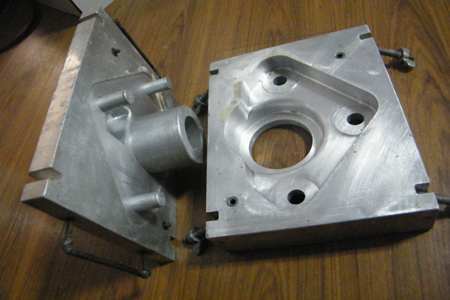 |
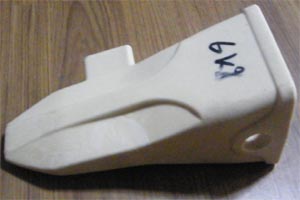 |
|
1. Mould Designing
Strictly making 3D model based on customer's drawing dimensions, and mastered the contractibility rate for all types of material. |
2. Wax Injection
Wax design of the desired castings are produced by injection molding. These designs are called patterns. |
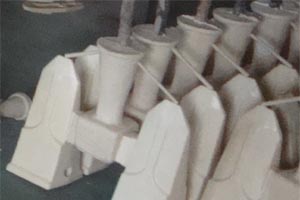 |
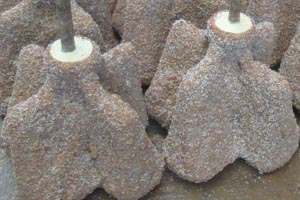 |
3. Assembly
The patterns are attached to a central wax stick, called a sprue, to form a casting cluster or assembly. |
4. Shell Building
The shell is built by immersing the assembly in a liquid ceramic slurry and then into a bed of extremely fine sand. Up to eight layers may be applied in this manner. |
 |
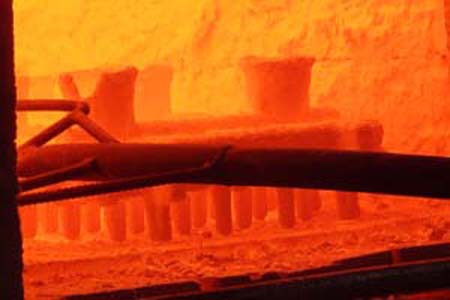 |
5. Dewax
At this point, all of the residual pattern and gating material is removed, and the ceramic mold remains. The mold is then preheated to a specific temperature and filled with molten metal, creating the metal casting |
6. Mould Shell Roast:
This process is to put the lost-wax shell into the roast furnace and make them harder. Heating the Mould shell before casting is also to ensure the better products surface texture. |
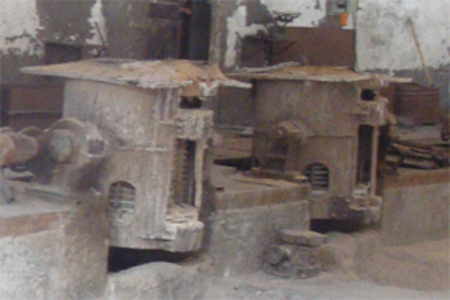 |
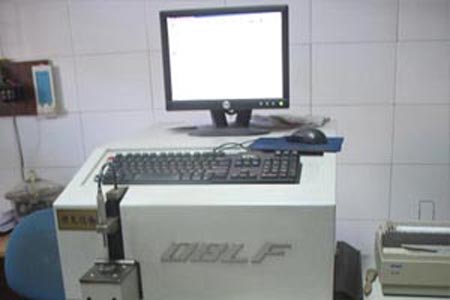 |
7. Smelting the Liquid Steel:
Allocate the chemical composition and sampling before steel casting. |
8.Spectrochemistry Analysis
Inspection on materials by spectrometer testing. |
 |
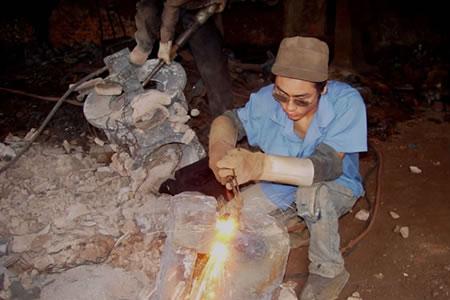 |
9. Conventional Casting
In the conventional process, the shell is filled with molten metal by gravity pouring. |
10. Cut Off
The parts are cut away from the central sprue using a high speed friction saw. |
 |
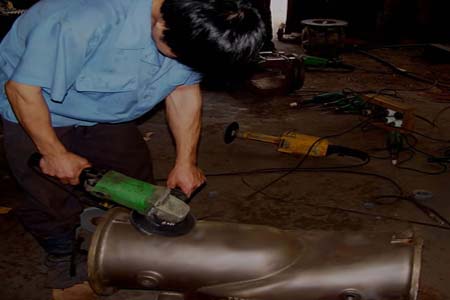 |
11.Heat Treating
Carbon steel and low-alloy steel need normalizing and temper, oil-quenching, water-quenching and so on. We can set out different heat treatment method as per different requirement from customers. |
12. Polishing
Polishing is to modify the out of flatness on casting head after casting cuttig and to modify the burring and splashings in the process of casting cycle. |
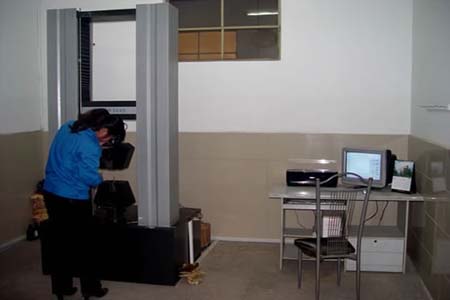 |
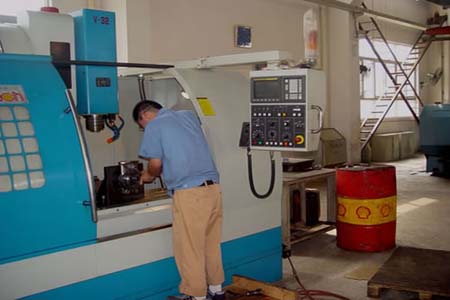 |
13. Inspection:
Inspection of the mechanical properties, surface, internal quality, and to check if the rough dimension meet the drawing requirement for the prodcuts. |
14. Machining
Cut the piece of raw material into a desired final shape and size. Now we have CNC, Lathe, milling machine, drilling machine, boring lathe and grinding machine. |
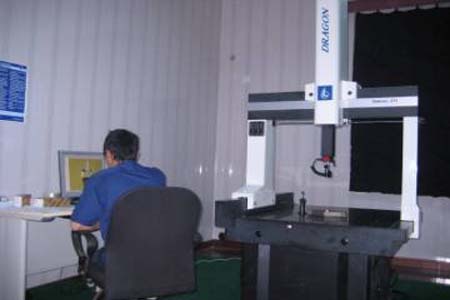 |
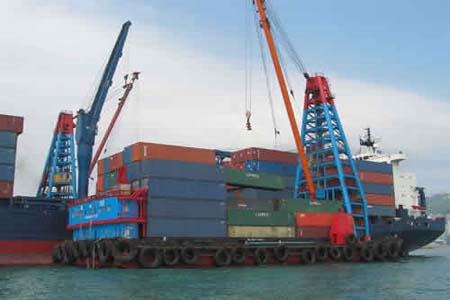 |
15.Quality Inspection
Quality inspection on the machining dimension. Mainly tools we use is like specialized gauge and callipers, mircocalliper,three-dimensional and so on. |
16. Storage and Delivery
Efficiency of package goods delivery on time per your shipping requests. |
| Advantage of stainless steel Casting |
Wide Application Scope
Our stainless steel casting process is virtually unrestricted by the size ,thickness and shape complexity.
Wide Choice of Alloys
The process able to utilize a wide variety of alloys for common carbon steel, alloy steel, manganese steel,stainless steel ,and high-Cr & wear-resist Iron and so on.
Dimensional accuracy
The stainless steel casting process is capable of producing foundry with higher accuracy than ordinary forgings and weld assembly in general condition.
Reduction of Production Costs
stainless steel castings are able to reduce costs in many cases such as reduced machining, less materiel waste and so on.
|
